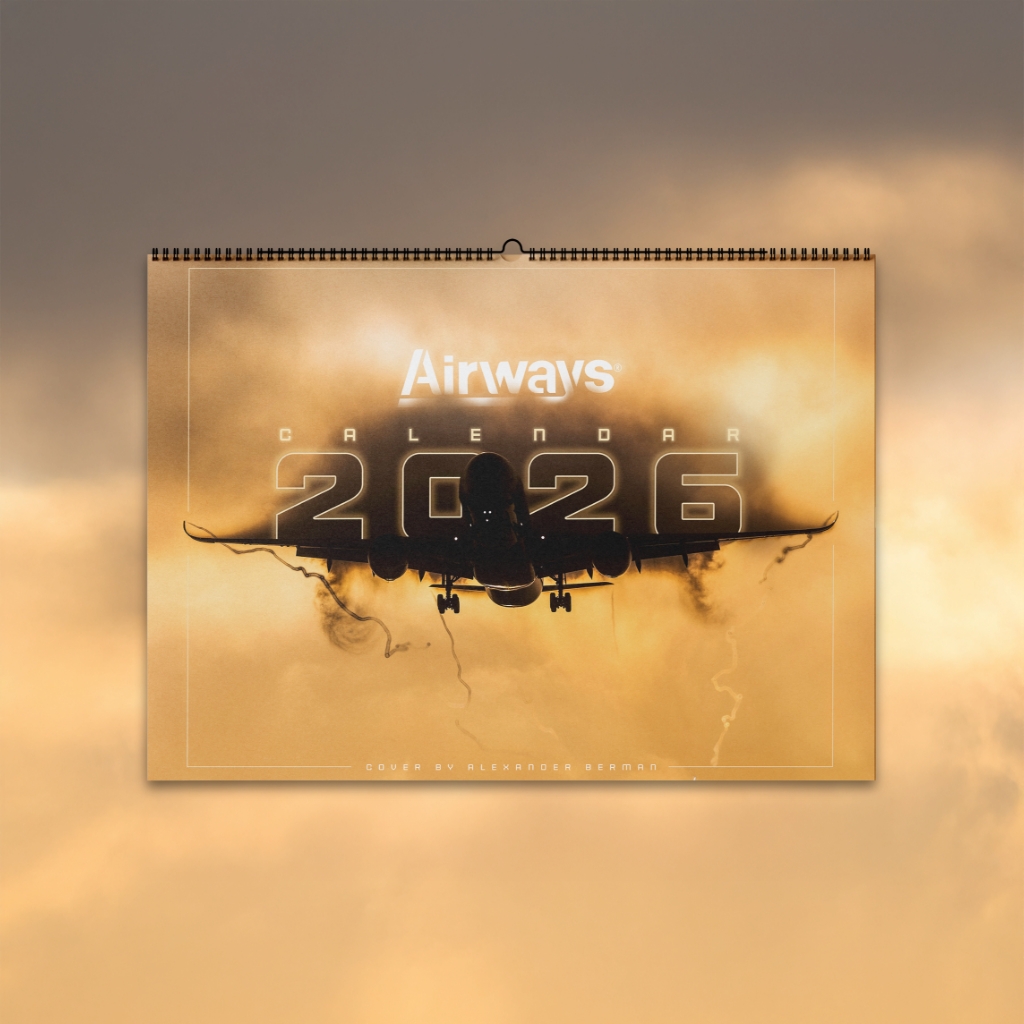DALLAS — When considering the world’s most extreme airports, two names often come to mind: Paro International Airport (PBH) in Bhutan and Tenzing-Hillary Airport (LUA), better known as Lukla Airport, in Nepal.
Both are carved into the Himalayas, where breathtaking peaks loom overhead, and even experienced pilots encounter tricky flying conditions. While they share similarities, they exhibit diverse runway configurations, operational requirements, weather unpredictability, elevation, and the types of aircraft they accommodate.
With that in mind, let’s break down the challenges each presents through a line-by-line analysis, complete with real-world cases, pilot testimonials, and operational information.
Geography, Topological Features
Paro Airport
- With peaks that rise to 18,000 feet on either side, Paro is set deep in a Himalayan valley.
- The valley is also narrow and thickly overgrown, so an arduous descent with many hairpin turns is required.
- There is no Instrument Landing System (ILS), so the approach has to be done visually and manually.
- The location of this airport demands almost perfect knowledge of the surrounding geography.
Lukla Airport
- Lukla lies slightly higher at 9,334 feet than Paro.
- The runway sits high on a mountainside, bordered by a cliff on one end and a solid rock wall on the other.
- The airport lacks flat land because of the surrounding mountains, presenting challenges for construction and operations.
- It is situated in the Everest region, which makes it prone to highly localized and sudden weather changes.
Runway Details
Paro Airport
- Runway 15/33 is 1,964 meters (6,445 feet) long and can accommodate commercial jetliners, primarily narrow-body aircraft such as the Airbus A320 and Boeing 737.
- Aircraft can take off or land from either side of a runway, depending on the weather and wind conditions.
- However, although the runway is relatively long, it offers a margin of safety that is limited by the surrounding terrain regarding error tolerance.
Lukla Airport
- Runway 06/24 measures only 527 meters (1,729 feet) in length and has a steep 12% incline.
- Lukla features a one-way-in, one-way-out design, meaning that only landings uphill (RW06) and take-offs downhill (RW24) are possible.
- There is no margin for error; once pilots commit to land, they must land. Go-arounds are physically impossible but may be done under dire need.

Aircraft Type, Traffic
Paro Airport
- Drukair and Bhutan Airlines operate their Airbus A319s and A320neos.
- These aircraft are extremely complex, modern, and versatile, assisting with challenging landings.
- Paro has an excellent safety record, even regarding flight operations, due to the highly disciplined training protocols provided by the authorities and airlines.
Lukla Airport
- Only served by STOL aircraft such as DHC-6 Twin Otter and Dornier Do 228.
- These aircraft are rugged, lightweight, and manually intensive, with minimal automation.
- The airport is one of the busiest in Nepal in the trekking season, serving climbers bound for Everest Base Camp.
Weather Conditions, Visibility
Paro Airport
- Subject to constantly changing weather conditions, especially during monsoon and winter.
- Flights are scheduled to fly primarily in the early morning to avoid turbulent winds and a low cloud cover.
- Due to the lack of any instrument approach aids, the airport becomes unusable during times of poor visibility or overlying cloud layers.
Lukla Airport
- More severe and unpredictable than Paro, sometimes engulfed by sudden fog, rain, and snow.
- Its microclimate can be vastly different from nearby forecasts.
- A high cloud layer can lead to VFR-only operations and frequently results in flights being grounded at a terminal.

Approach Procedures
Paro Airport
- Pilots execute a complicated series of turns through the valley, followed by a steep right-hand turn on the final approach.
- Pilots are required to fly with visual references while maintaining precise alignment and altitude.
- Pilots are constantly made to observe the instruments.
- Missed approaches can be executed, but they are challenging and require equally precise execution, unlike at typical airports.
Lukla Airport
- A go-around is nearly impossible due to the steep mountain wall directly ahead; therefore, the landing must be executed flawlessly.
- Descents must be precisely controlled for the aircraft to land within the confined space of the runway.
- For takeoff, there is a high-speed dive into the valley that allows for no error or the possibility of aborting the run.
Pilot Qualifications, Certifications
Paro Airport
- Only a handful of pilots worldwide are allowed to land at Paro, with some reports indicating the number is as low as 50.
- Then there is ongoing simulator training, monitored flights, and various evaluations.
- Even seasoned Airbus pilots need specialized mountain approach training.
Lukla Airport
- Minimum of 100 STOL landings when undertaking flight training under instruction.
- Nepal’s Civil Aviation Authority issues certification once all qualifications are met.
- The pilots making their way to Lukla are some of the most experienced bush pilots in the world.
Navigation Aids, Instrumentation
Paro Airport
- Limited navigational aids are available; GNSS-based procedures are implemented, but landings continue to rely on visual cues.
- Since there are no radar or ground-based instrument systems, pilot awareness is crucial.
Lukla Airport
- Operates entirely under VFR (Visual Flight Rules).
- Pilots depend on visual landmarks to maintain the proper direction of their aircraft, relying not only on navigation systems but also on local land and weather observations.
- Radar coverage is lacking, and no ATC is present.

Accident History, Safety Records
Paro Airport
- Despite its sheer complexity, there have been no major commercial crashes.
- The record is due to the strict operational discipline and limited pilot certification.
Lukla Airport
- There have been multiple fatal crashes that include:
- 2008 Yeti Airlines Flight 103: Crashed on final approach in dense fog killing 18.
- 2010 Tara Air Flight 409: Crashed shortly after takeoff due to low visibility; 22 casualties.
- 2019 Summit Air: Collision during takeoff that killed two and injured others.
- Weather and human error are common contributing factors.
Passenger Experience
Paro Airport
- Awe-inspiring and thrilling.
- A scenic journey with views of the Himalayas and flying through the beautiful valley.
- Larger aircraft and calmer back-of-house operations mean more comfort.
Lukla Airport
- Often dubbed as the “Most terrifying flight in the world.”
- Less complex, noisy aircraft with violent turbulence.
- The feeling of landing uphill and launching downhill pumps the adrenaline like a theme park ride, except it’s the real deal.
Pilot Testimonies
Paro Airport
- A senior captain for Drukair once said Paro felt like “a visual ballet of aviation, everything has to align and be placed perfectly.”
- Paro's simulator exercises include emergency descents in terrain, crosswind visual approaches, and go-around exercises.
Lukla Airport
- “You don’t fly to Lukla unless you respect the mountain,” a pilot for Tara Air said. “The margin of error is inches, not meters.”
- Pilots often will not fly to Lukla over the monsoon season because there is no safety fallback.

Which Airport Is More Dangerous?
Paro and Lukla are the Everest and K2 of aviation, each terrifying in its own way. While their dangers differ, they share one truth: only the boldest pilots can and will fly here.
Lukla is the very essence of unfiltered risk
- A concept in which a runway begins with a cliff and ends in a wall.
- Zero margin for error. No go-arounds. No second chances.
- Hauling aircraft and workers to safety as the weather turns in minutes and puts folks’ lives at risk.
- Its tragic history features multiple deadly crashes, a stark reminder of the stakes involved.
- It all seems straight out of a video game.
Paro, in contrast, is a chess game in the sky
- Airline pilots thread narrow valleys with a surgeon’s precision.
- Visual arrivals only, even on a surface more appropriate for helicopters.
- It is one of the few places on the planet where commercial pilots must be specifically selected and specially accredited.
- Yet, it has a pristine safety record—a miracle of sorts.
So, Which One Is More dangerous?
Lukla triumphs through sheer peril. It is not only difficult; it is deadly. While Paro demands skill and discipline, the challenge of Lukla revolves around raw nerve and survival instinct.
Each landing becomes a wager against gravity, a test against the elements, and a challenge where pilots earn their wings.
Paro might be the most technically challenging, but Lukla is the most unforgiving.
Stay connected at every stop along your journey! Get any Saily mobile data plan at 5% off with the code AIRWAYSMAG5 + up to 5GB free!




.webp)
